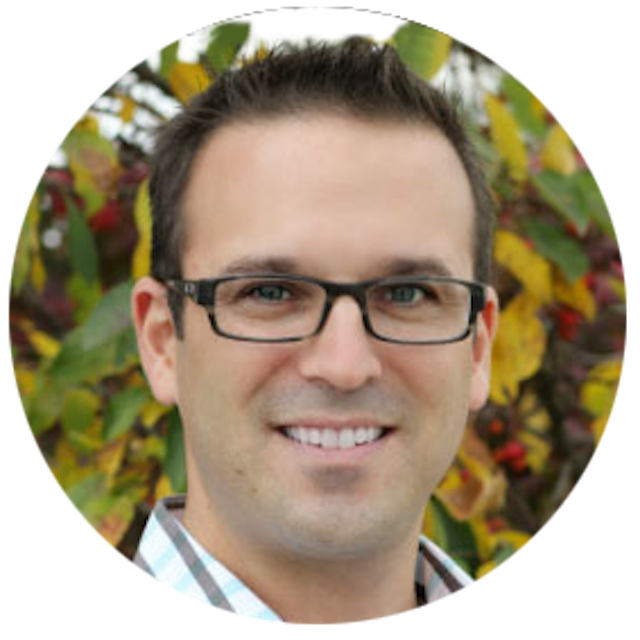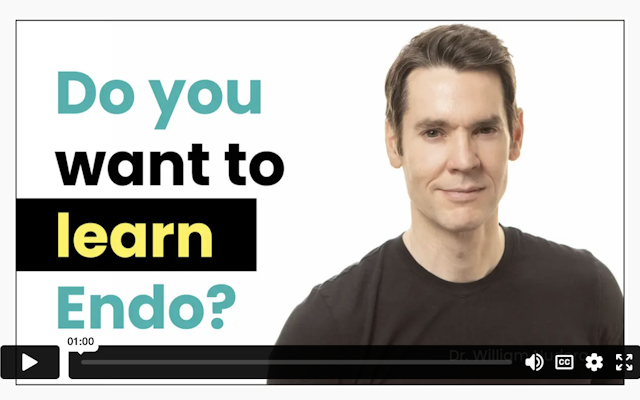As a general dentist who owns three multidisciplinary practices, my peers often ask me for advice when they’re ready to incorporate new services into their offices. Their desire to add services is multifaceted. If done correctly, there are several benefits new services can bring to a practice. Profitability, streamlined patient care management and professional growth are top of mind for most dentists.
The approach to adding services to any practice should include CE research, peer counseling, budgetary planning and a deep review of the need within the patient population for the services being considered.
I made the now common decision to add implants to one of my practices. We had a significant need within our patient population and saw an increase in treatment acceptance, with patients often expressing relief that they didn’t have to go to another practice for treatment. Despite the investment in start-up costs, adding implants was highly profitable.
After this success, I found myself increasingly intrigued with the idea of adding comprehensive orthodontics to others practices. In a typical year, we were referring out more than 25 orthodontic cases. Ultimately, the decision to add comprehensive orthodontics changed the trajectory of my practice and reignited my professional passion.
Implants versus Comprehensive Orthodontics
Several years later, I have not made the leap to personally place implants, but all my offices offer general orthodontics. In our practices, traditional braces, cosmetic braces, clear aligner therapy, interceptive and early orthodontics fall under the umbrella of comprehensive orthodontics.
To help you decide what additional services might be right for your practice, I’ve put together a side-by-side comparison of the two disciplines that includes start-up and ongoing overhead expenses, the training/CE required for both doctor and staff, and chair time.
Start-Up Costs
Regardless of the mix of services you are considering, proper education and training are paramount to your ability to be efficient, manage patient care, achieve profitability and ultimately realize success. Here’s a look at those costs for implants and orthodontics.
Implants:
CE – $10,000 +
Starter Kit – $6,850
Supplies and Instrumentation – $7,500
Technology/CBCT – $80,000 +
Total – $104,350 +
Comprehensive Orthodontics:
CE – $10,000
Starter Kit – $5,000
Supplies and Instrumentation – $2,500
Technology – $25,000
Total – $42,500
Training/CE
Training and CE can prove difficult to quantify even with basic numbers because there are numerous continuums available.
Implants and orthodontics are no exception. For both disciplines, continuums can range from weekend/weeklong trainings to two year/12 weekend continuums.
For this comparison, I will concede that all dentists require different levels of confidence to achieve competence and that both disciplines will cost about $10,000 in CE costs to begin. With this investment, you will be able to treat 60 to 80 percent of potential cases.
Continuing CE costs vary depending on an individual dentist’s needs and passions. You may find yourself so enraptured by implants that you go to every course available on grafting, sinus lifts, all on four, etc., or you may find yourself content to place a few implants a week and refer out more challenging cases.
The exact same can be said as it relates to orthodontics. Your passion may lead you to take every continuum and weekend course available and refer nothing, or you may decide to stick to clear aligner therapy and simple bracket cases. CE needs will depend on your interest in the procedure, confidence to deliver and passion for the discipline.
Chair Time
At first glance, implant dentistry may appear to be the clear winner as it pertains to chair time. However, when orthodontics is done right, it can be extremely efficient, profitable and rewarding.
One of the biggest differentiators is the fact the dental assistant handles most of the chairside work, which means I can focus on other treatment. This gives me the ability to schedule in multiple columns, with increased efficiency and profit.
Implants:
Extraction/Graft – 30 minutes doctor/assistant time
Follow Up – 10 minutes doctor/assistant time
(3 months later)
Implant Placement – 60 minutes doctor/assistant time
Uncovery– 30 minutes doctor/assistant time
Impression – 30 minutes assistant time
Crown Placement – 30 minutes doctor/assistant time
Total doctor time – 3 hours
Total production – $5,000
Production/hour – $1,666
Orthodontics:
Consult – 10 minutes doctor time
Records – 0 doctor time, all assistant driven
Braces On – 20 minutes with indirect bonding. Depending on state rules this could be done with two dental assistants.
12 Check Appointments – 5-minute doctor time max, 60 minutes total
Braces Off – 30 minutes doctor time
Total Doctor Time – 2 hours
Total Production – $5,000 – $6,500
Production/hour – $2,500 – $3,250
Increasing Profitability and Finding My Passion
Adding both disciplines has resulted in accomplishing my original goal of streamlining patient care, professional growth and increased profitability. I have found my passion while in pursuit of integrating comprehensive orthodontics into each of my practices. Orthodontics is staff driven and offers a unique opportunity for a general dentist to be extremely productive while simultaneously meeting patients’ orthodontic needs.
Orthodontics should be an integrated facet for all general dentists who do more than single tooth dentistry. Tooth position and occlusion should be effectively managed for all restorative cases to produce the ideal result for a patient’s overall dental health.
 By:
By: 



